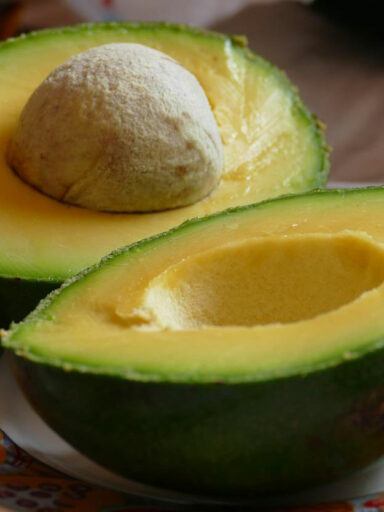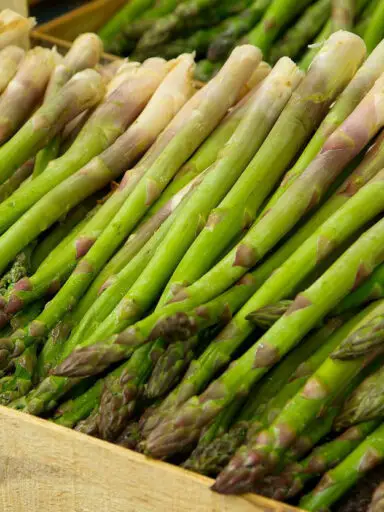The peanut also goes by the name groundnut, the groober, or the earthnut. It is a legume that is enjoyed more like other nuts such as almonds, pistachio nuts, walnuts, hazelnuts, and others. It is high in oil but is grown mostly for the nuts which grow in a pod. It is, therefore, more closely related to beans or peas.
The peanut is thought to have originated in the Central Americas. It belongs to the family Fabaceae in the genus Arachis. It is an annual crop that grows to about one to two feet tall. It takes about four to five months to produce the seeds which are found in an underground pod.
The seeds resemble beans and are generally oval in shape and grow about one centimeter long. Each plant can hold about 10 to 150 pods which are harvested by uprooting the entire plant. The pods are brown and somewhat like tough husks.
Commercially peanuts are arguably the most widely grown oilseeds. The world’s largest growers of peanut are China, India, Nigeria, the United States, and Sudan respectively.
Throughout the world, there are several peanut cultivars grown which vary in size and color.
The Spanish group of cultivars includes the larger types which are notably grown in South Africa and in the southwestern and southeastern United States. They are larger in size and more disease-resistant. In the United States, they are primarily grown in New Mexico, Oklahoma, and Texas.
The runner group has better roasting characteristics and higher yields than the Spanish group. This group is preferred for use in peanut butter and salted nuts. This group is popular in the southeastern United States region.
The Virginia group is cherished for salting, confections, and roasting in the shells. It is a largely seeded variety ideal for processing. In the United States, Virginia, North Carolina, Tennessee, Texas, New Mexico, Oklahoma, and parts of Georgia are the largest growers of this cultivar.
Preferred as boiled peanuts are the Valencia group grown in the South Plains of West Texas and eastern New Mexico near and south of Portales, New Mexico on a small scale. This cultivar is also used for the sale of roasted and salted in-shell peanuts and peanut butter.
Peanuts, in general, are available throughout the year in markets. They appear in different forms from unshelled, shelled, salted, sweetened, and spiced. They also come roasted or fried. If you can try and purchase unshelled groundnuts instead of processed ones. All in all, pods should be firm and feel lightweight. They should have any bruises or cuts, mold, or discoloration. The pods should be firm and when shaken the seeds should rattle within.
Shelled peanuts sold raw should also not have any discoloration or rancid smell. They should also show no signs of mold or wrinkles. Peanuts can also be purchased and processed in the form of peanut butter.
How to Prepare the Peanut Kernels for Kitchen Use
Peanut kernels can be eaten raw right off the pod or they can be cooked. Either way, you may want to wash them. To remove them from the pods you can simply hold them between the fingers and apply pressure to pop them open. If that is not for you then you can also use nutcracker tools.
The nuts can then be placed in a skillet and roasted or they can be boiled or fried. Either way, they can be spiced with chilies, salted, or sweetened.
The kernels can be crushed and sprinkled in salad or dessert dishes especially sundaes, banana splits, ice cream, and other dairy-based preparations. They can also be ground and used in stew and sauce preparations. Peanuts have a distinct flavor when eaten raw, boiled, or roasted. Boiling enriches their nutritional and antioxidants benefits.
Commercially peanuts are used to make peanut butter and to extract peanut oils similar to olive, sesame oil, or soy oil. It is also used to make peanut milk which is lactose-free. It can also be used to make peanut chutney together with other ingredients such as chili peppers, coriander, garlic, and mustard.
Peanut allergy is not unheard of. Victims experience over-reaction to the immune systems and may exhibit symptoms including stomach aches, swelling of the lips, and vomiting among others.
Nutritional Benefits
Peanut kernels are rich in energy, vitamin, minerals, and antioxidants. These nuts contain 567 calories per 100 grams. They are also very rich in fats and oils though they contain no cholesterol. They are rich in dietary fiber and carbohydrates and well as being a very rich source of protein.
Peanuts are an excellent source of resveratrol which is an antioxidant. The groundnut is an excellent source of folates, niacin, and pantothenic acid. It is also a very rich source of riboflavin, pyridoxine, and thiamin. These nuts are an excellent source of vitamin E.
These nuts are rich in potassium and calcium. They are an excellent source of copper, iron, and magnesium as well as manganese, phosphorus, selenium, and zinc.




